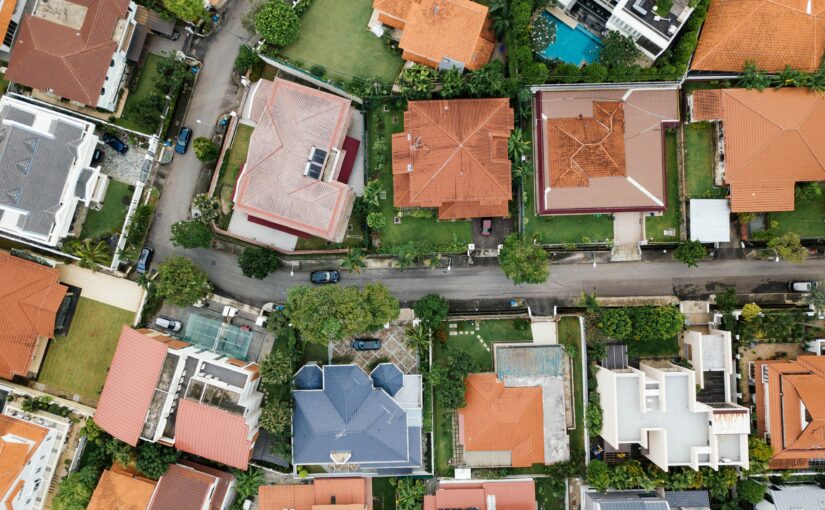The excitement of buying a house is difficult to contain, and it’s normal to be keen to dot all of the i’s and cross all the t’s as quickly as possible to secure your new home. But a little patience before you commit can save you heaps of money and stress should there be a problem with the building. You should always have a conveying company check out any property before you sign, but it’s worth doing your own research too. Let’s dive into three natural threats to look out for when buying a house.
Flood risk
It’s an unfortunate truth that many homes are built on floodplains, and with climate change causing sea levels to rise, more homes are at risk of flooding than ever before. In the UK, for example, some 11,000 homes are at high risk of flooding. Flood damage can cost thousands to repair, with extreme cases rendering properties uninhabitable for months on end.
Homes in high-risk areas are often more affordable than you’d expect them to be, so be sure to check if the price you think is a good deal has a more sinister cause behind it.
Coastal erosion
Coastal erosion can cause significant damage to properties, with the risk of landslides, falling rocks, and homes collapsing. Whenever considering a potential property on the coast, it’s important to hire the right people to run thorough checks on the property and area.
Although there are plenty of benefits to living on the coast, home insurance and maintenance are typically higher. Coastal homes take the brunt of ocean storm winds, and with climate change bringing more severe weather, be sure to check your insurance policy carefully for any loopholes or exemptions.
Radon gas
Did you know that the Earth naturally emits varying levels of radioactive gas? Soil and rocks contain uranium, which releases radon gas as it decays. Radon can also be found in water. The amount of radon gas in the air varies from place to place, but high levels can contribute to lung cancer, so it’s worth checking out the levels around your new home before you buy.
Outside, radon isn’t a concern as it is naturally diluted in large quantities of air. Inside, however, levels of the potentially harmful gas can rise. It’s especially common for basements and attics to have higher levels of radon. If you discover your new home has high levels of radon, there are measures you can take to reduce its impact.
Take your time
At the end of the day, buying a house is a massive investment – so it’s worth taking the time to do it carefully. Doing your own research on a potential home, as well as hiring professional conveyors, is the best way to ensure you haven’t skimmed over a potential risk factor. Whilst there’s no harm in buying properties in areas with the risk of natural threats, being prepared and well-informed is the safest way to protect yourself.
Author: Hubert Day
